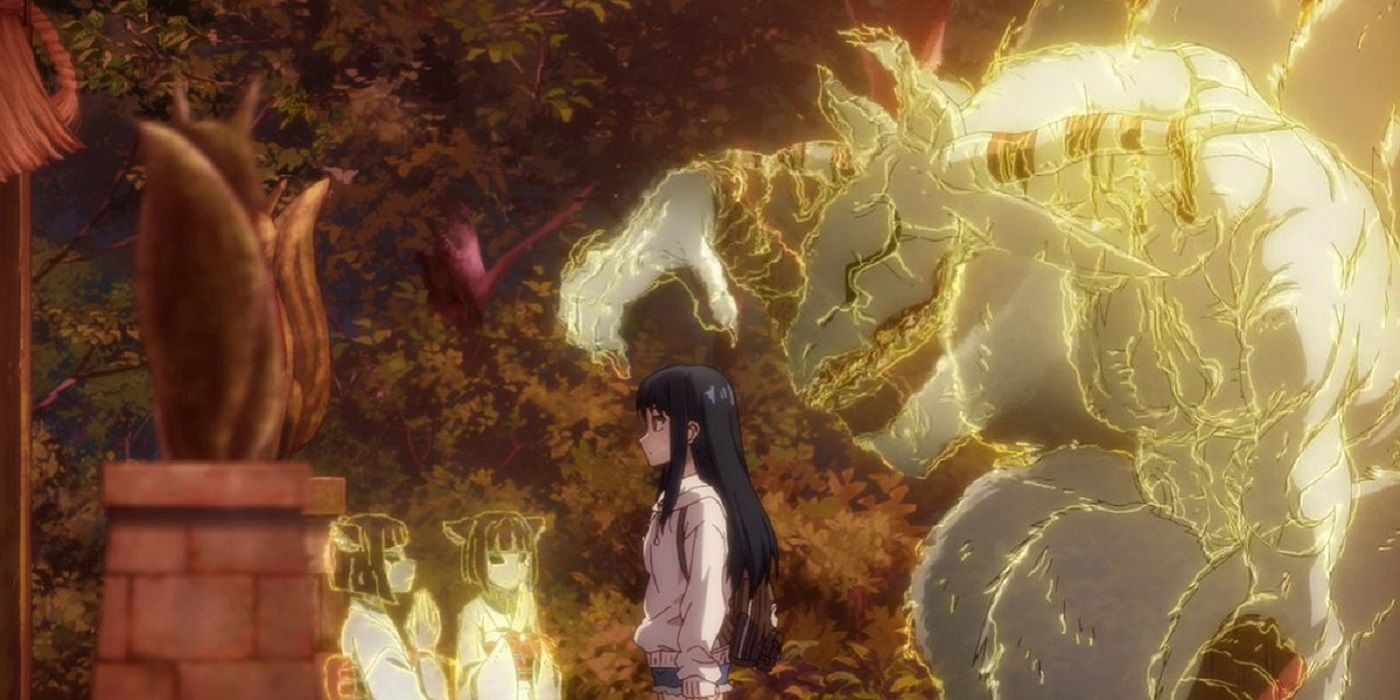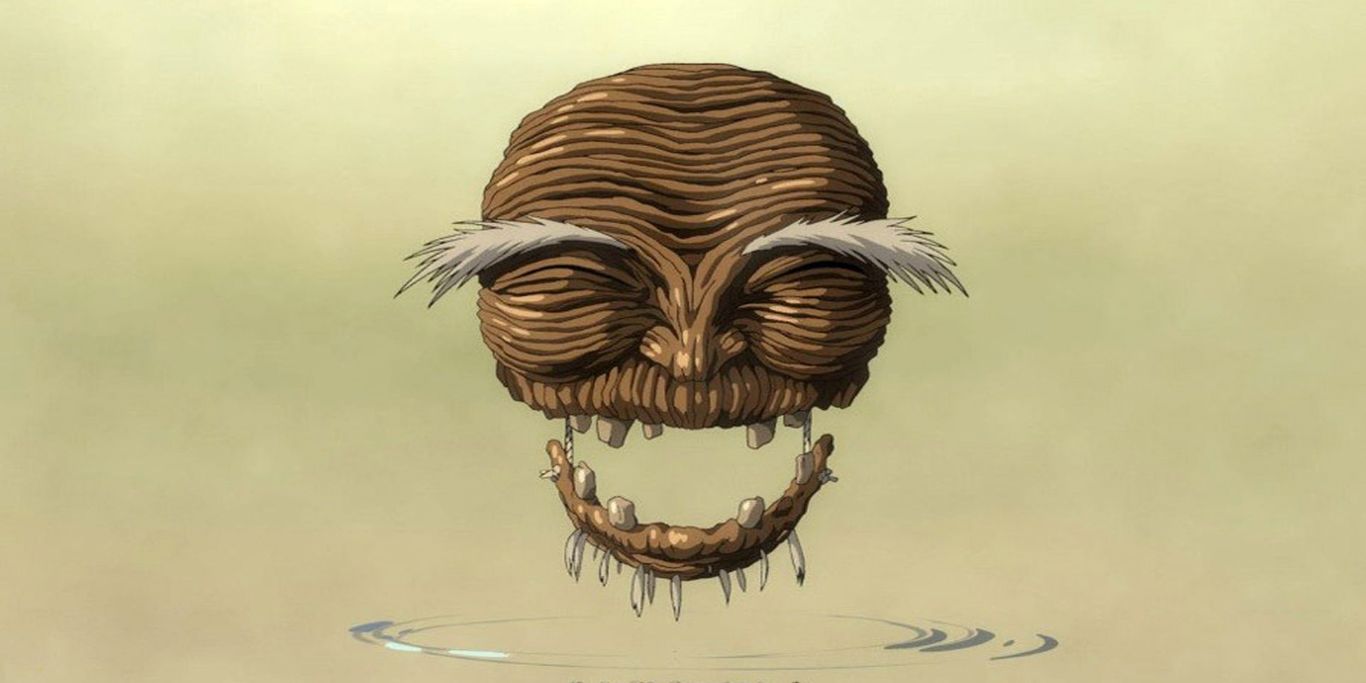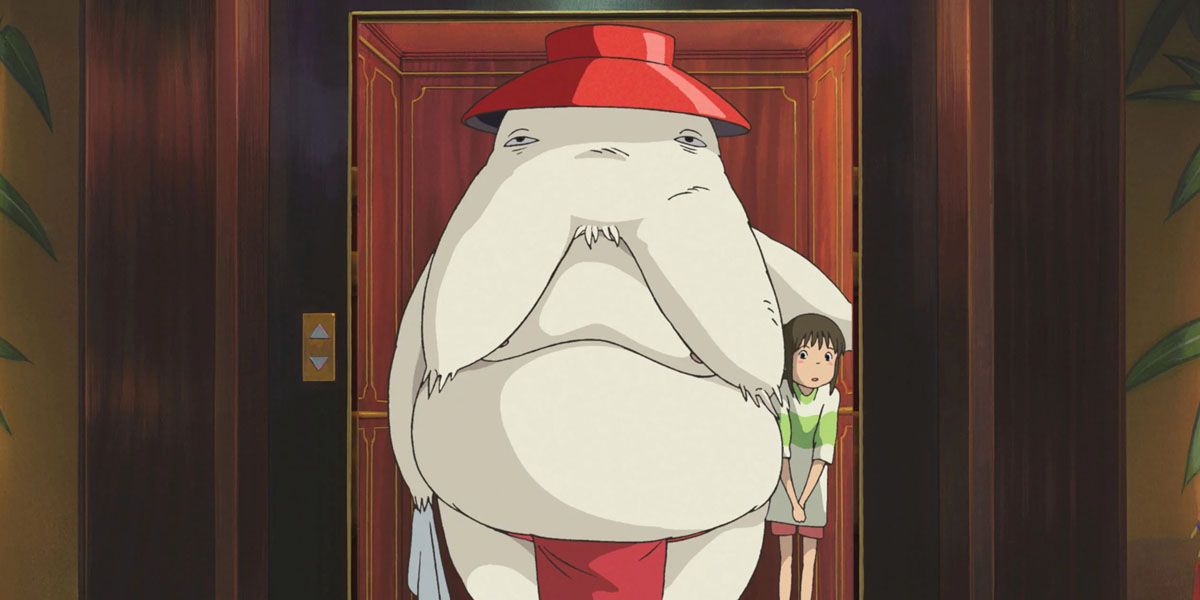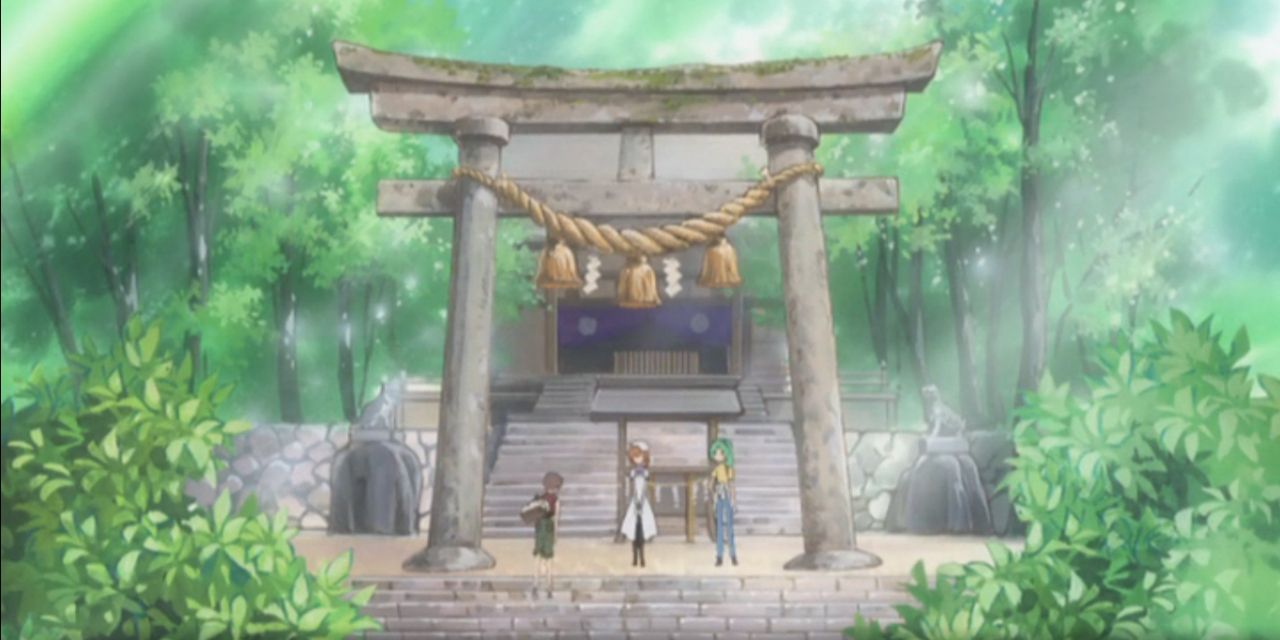
Anime is filled with references to Japanese mythology and folklore. From the mischievous yokai to the beings that help ferry the spirits of those who have passed, it doesn't take long to find some reference to one of the many legends that permeate Japanese culture. One of the most common aspects that fans will be introduced to are kami, or gods. Titles like Spirited Away and Inuyasha feature these powerful beings with little explanation as to what they actually are.
The word kami is often translated as god, but can also refer to a spirit or divine entity. It should be noted that the etymology of the word is often debated among scholars and that the "deity" or "god" translation isn't entirely correct, but is among the most common as the Sino-Japanese kanji used to make up the word comes from the Chinese character for "deity". Many scholars suspect that the word simply means "spirit". In the Ainu language, an endangered language spoken only by a few elders on the island of Hokkaido, the word kamuy is a similar concept in that it refers to the animistic concept of everything holding some type of spirit. In general, the term is very vague and hard to translate directly.
The earliest writings referring to kami can be traced back to the Kojiki (The Record of Ancient Matters), written around 712 CE, and the Nihon Shoki (Chronicles of Japan), written around 720 CE. Belief in kami, however, is believed to date further back, but there is no documented founding of the Shinto religion. These two texts provide the earliest telling of the Shinto creation myth. Ancient beliefs also said that there were five defining traits of kami.
The first is that they can either be loving and kind or they can be destructive and vengeful as they possess two spirits, meaning offerings must be made to appease them and keep them satisfied. The second is that they are not visible to most mortals and only inhabit natural areas or phenomena, sacred spaces like shrines -- like the one Kagome's family serves in Inuyasha -- or can be present in the midst of a ritual. The third is that they never stay in one place forever as there can be many shrines dedicated to one kami.
The fourth characteristic is that there are many types of kami, and the Kojiki states that there can be as many as 300 different varieties. The final idea is that kami have a duty to the people and environment around them and must serve these people and places in some fashion, such as providing protection or making sure the crops grow. They also granted and bestow blessing and curses.
The Kojiki states that the first kami are a collective called Kotoamatsu-kami. When the universe was born, these beings were born in a heaven known as Takamagahara. At first there were three kami: Ame-no-Minakanushi, Takamimusubi, and Kamimusubi. Over time, more kami were born or summoned into existence until there were seven generations. The last of these kami were the siblings Izanami-no-Mikoto and Izanagi-no-Mikoto.
They were tasked with creating land on the earth below, and so traveled down together. Using a spear decorated with jewels called Amenonuhoko to churn the water, the first island, Onogoroshima, was created from the drops that fell from the spear. Izanami and Izanagi then descended and participated in the first wedding ceremony. The two would circle a pillar called Ame-no-ukihashi, and upon meeting on the other side, Izanami spoke first. Then, they mated, which resulted in births of the god Ebisu (also known as Hiruko) and Awashima. However, they were considered deformed and were sent adrift to sea in a boat.
After consulting with the other kami and learning the ritual they performed did not work properly, the siblings tried again, this time with Izanagi speaking first, and the ritual was a success. This resulted in Izanami "birthing" a total of sixteen islands and numerous minor kami. She would then die after giving birth to Kagu-tsuchi, a fire kami. This would lead to an incident were Izanagi tried to bring her back to the living world, but leaving her in Yomi.
Kami aren't limited to being birthed or created by other kami. Human spirits can also become kami, though under very specific circumstances. Those who made great contributions to civilization or embodied the qualities of kami have the potential to join their ranks. Ancestral kami are common among many families, who worship the spirits of the departed. It is also believed that the Japanese Royal Family are descended from the sun goddess Amaterasu. There are cases of living humans of becoming kami, similar to the premise of Kamichu! or Kamisama Kiss -- though not to such an extreme extent. This includes the living Emperor of Japan.
Supernatural entities like yokai can also become kami. It is also possible for a kami to become a yokai should they go un-worshipped. The status of kami is dependent on human belief and worship. The distinction is made when looking at whether these spirits help or harm humans and how humans relate and view them. People from one region could view a particular spirit as a kami while people from another region could view it as a yokai.




Post a Comment